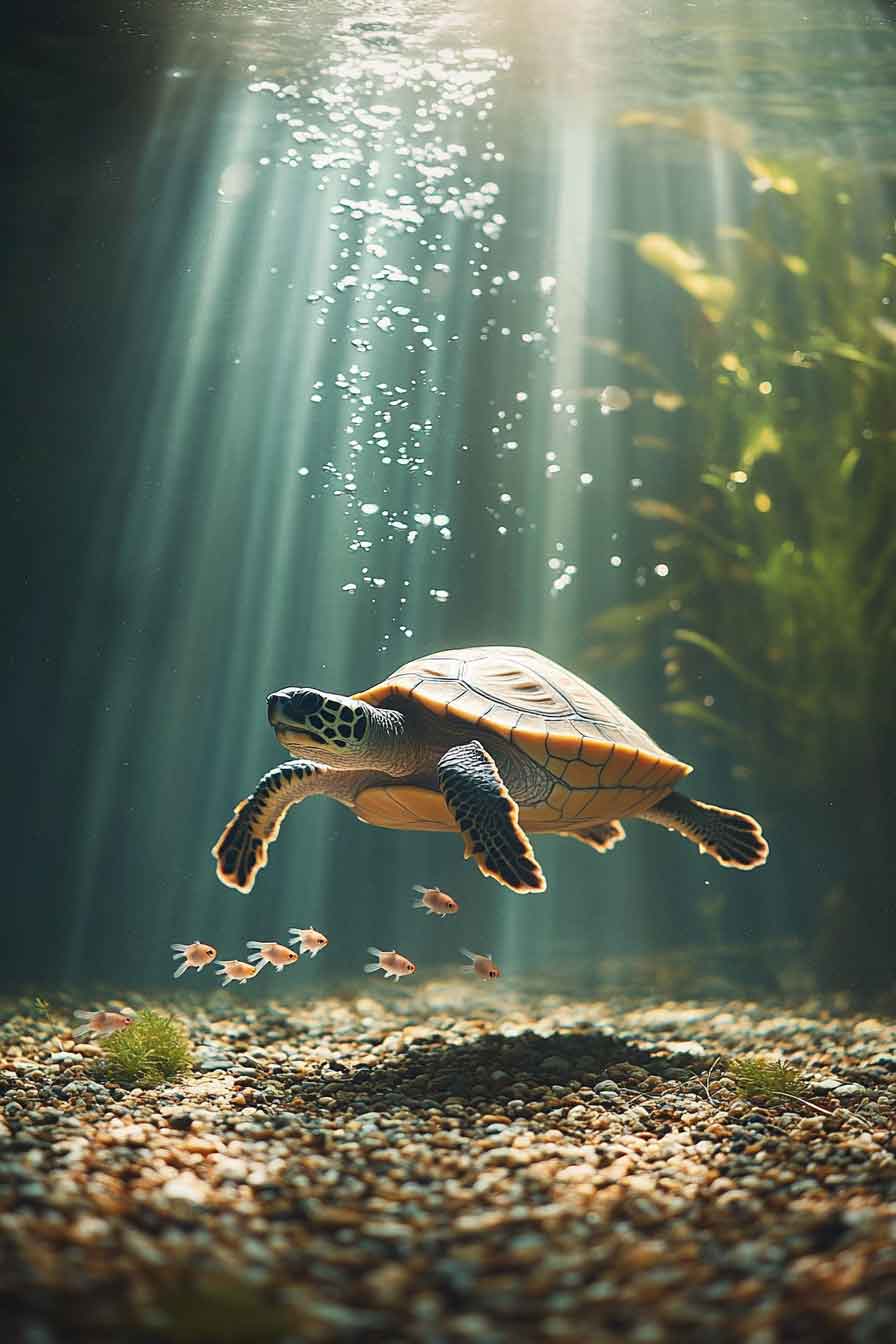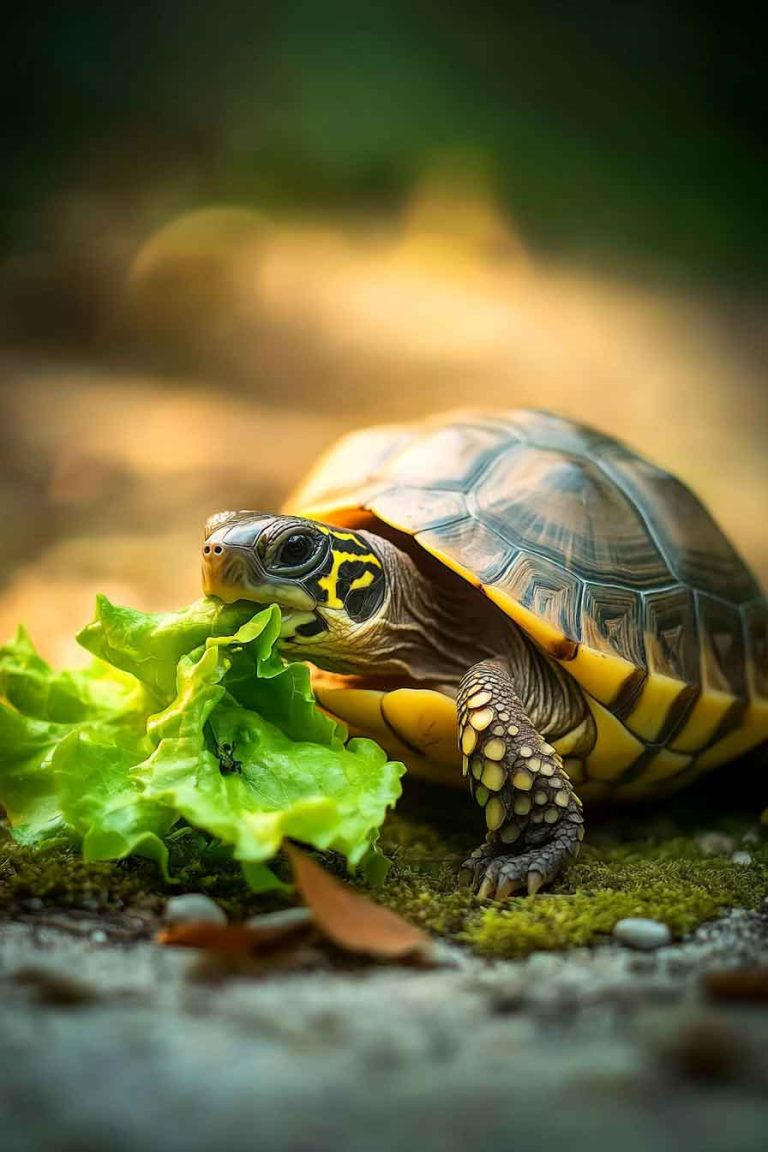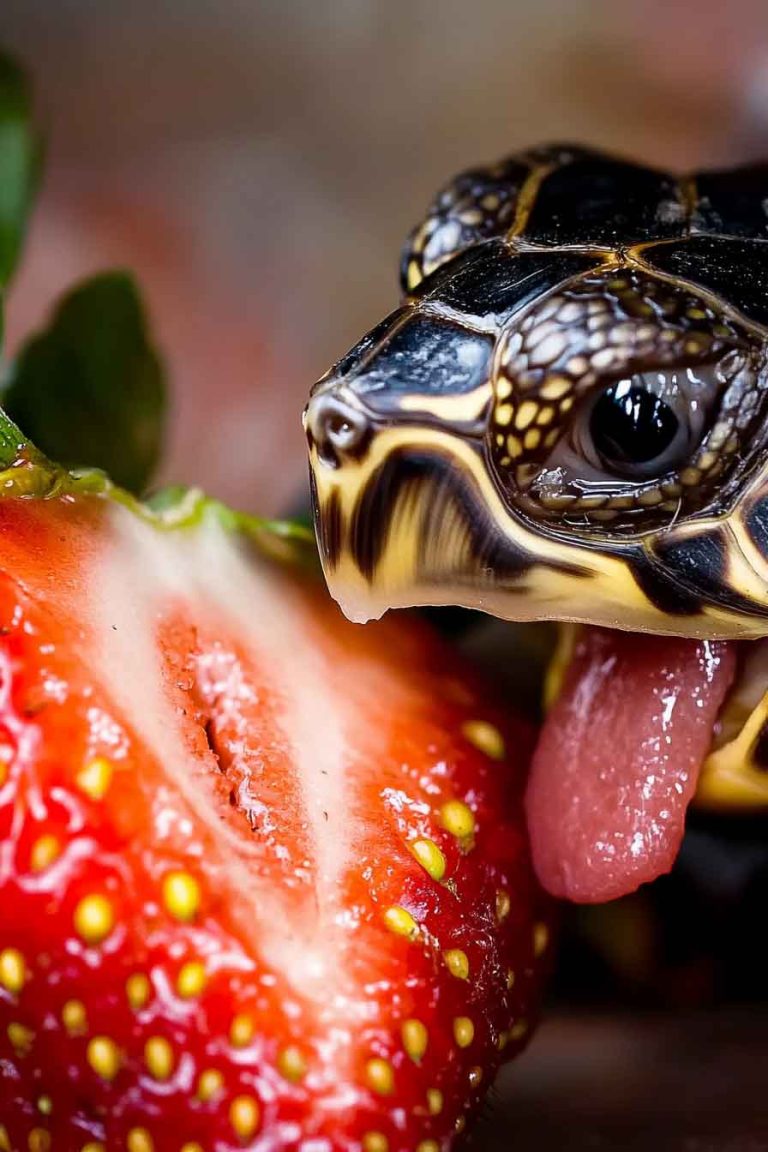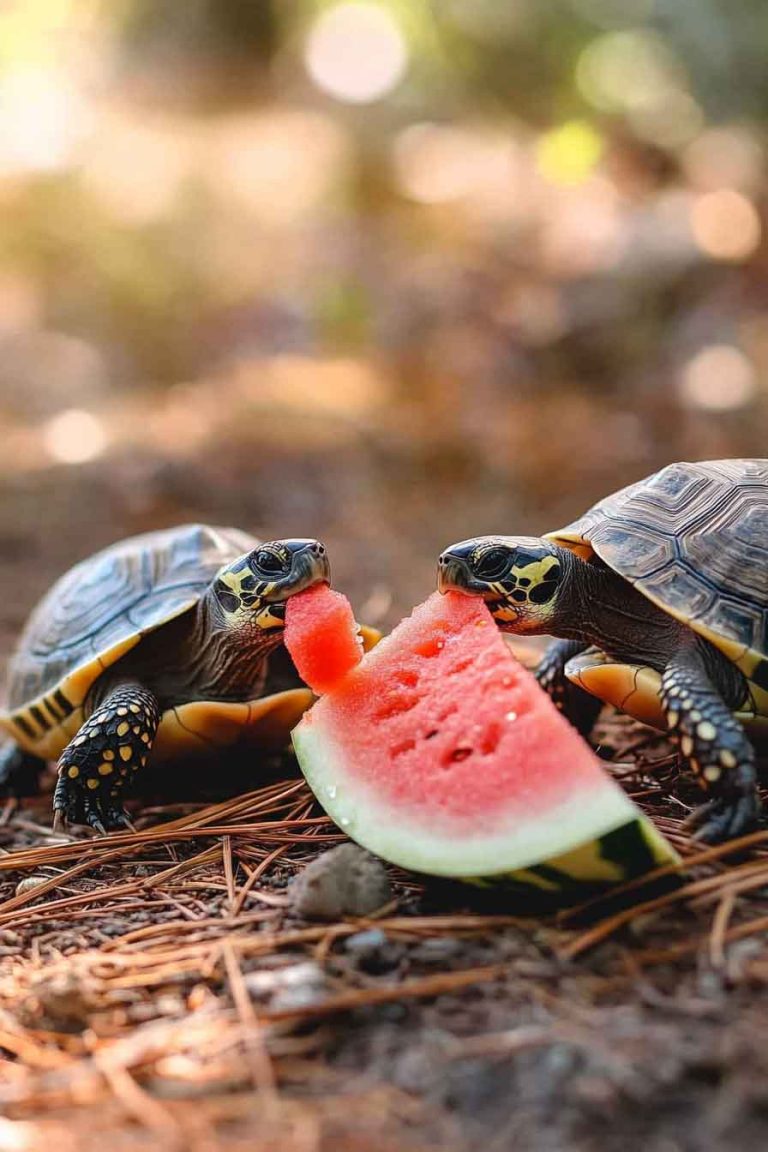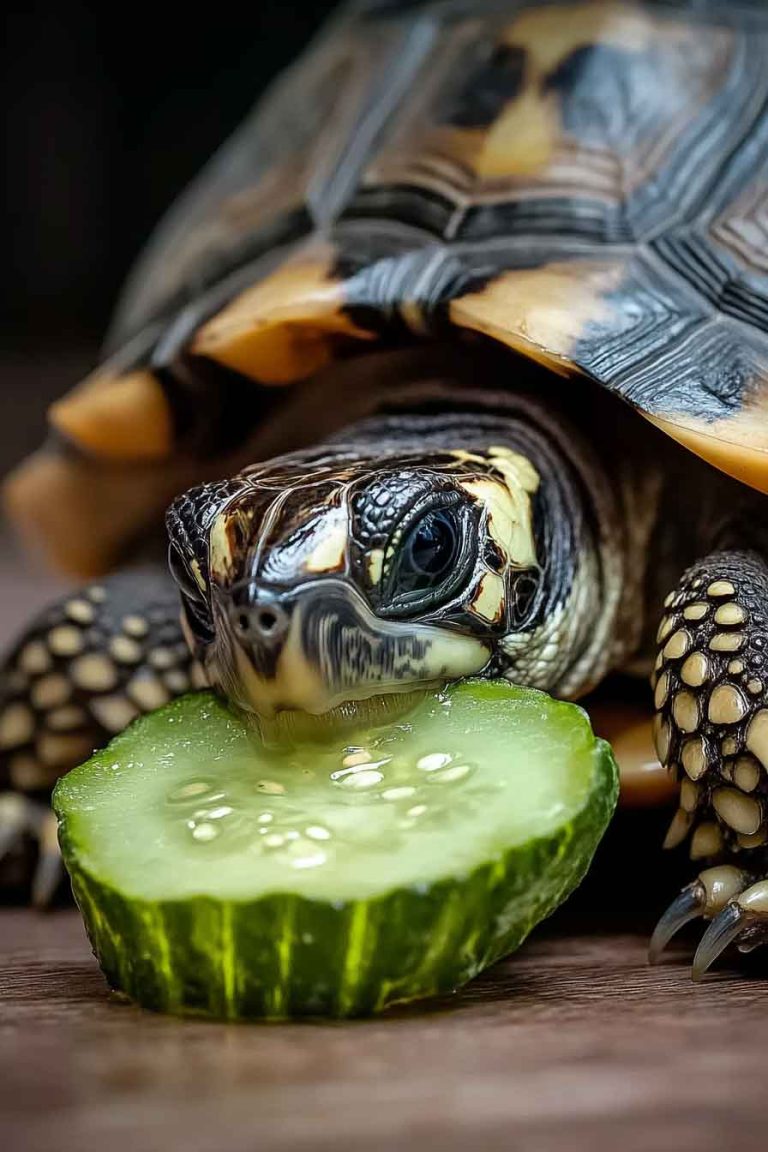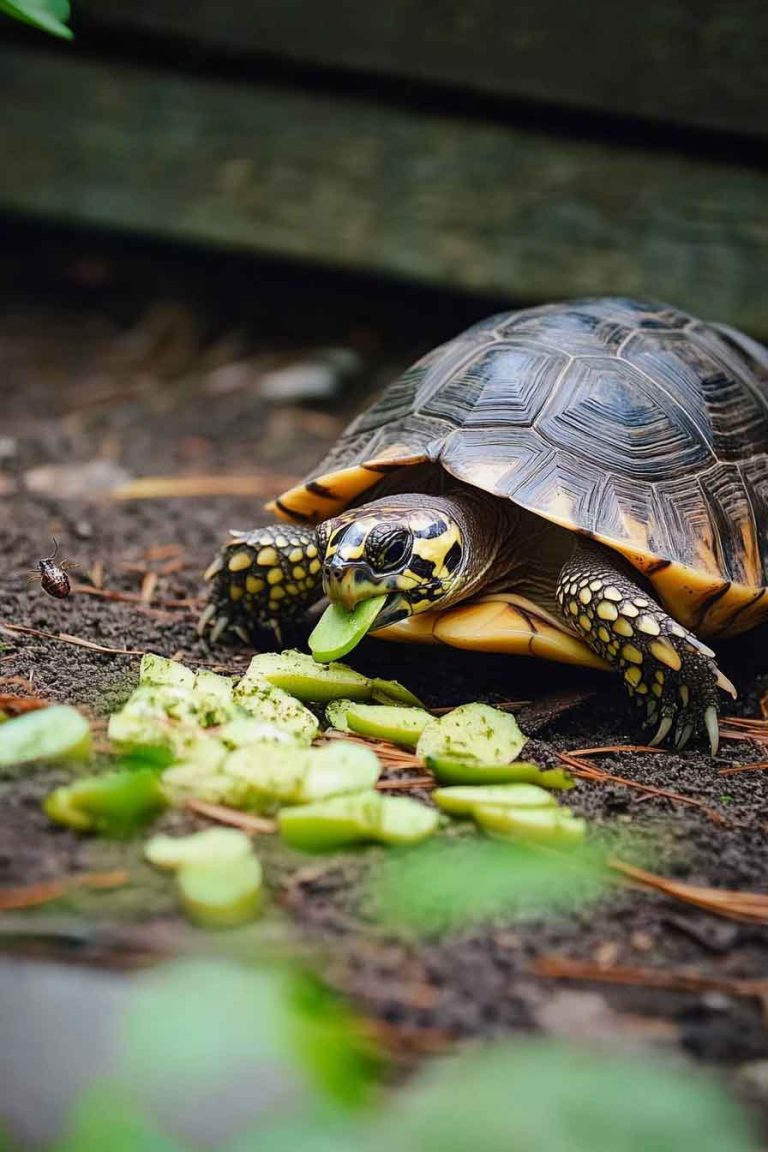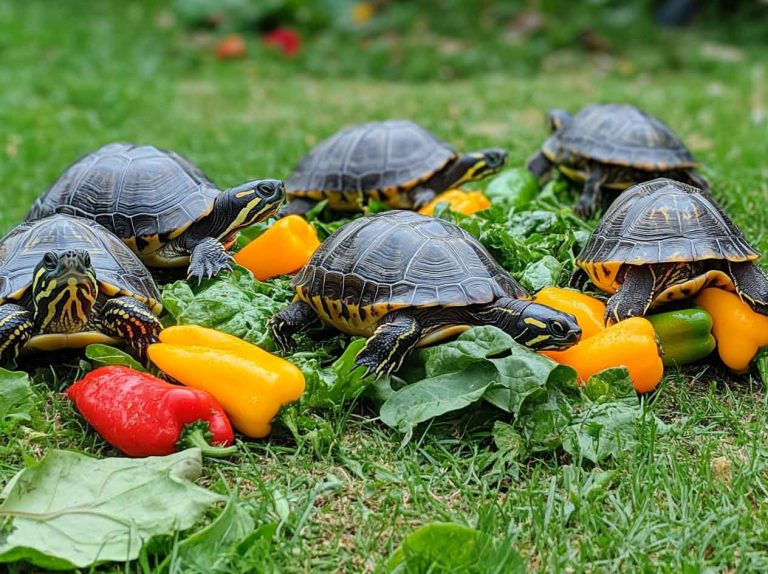Can Turtles Eat Guppies? (The Complete Guide for Turtle Owners)
As a turtle owner, I know how exciting it can be to watch your shelled friend during feeding time. If you’re like me and keep both turtles and guppies, you’ve probably wondered whether it’s safe to let your turtle snack on those colorful little fish swimming around. It’s a natural question that many of us…
As a turtle owner, I know how exciting it can be to watch your shelled friend during feeding time. If you’re like me and keep both turtles and guppies, you’ve probably wondered whether it’s safe to let your turtle snack on those colorful little fish swimming around. It’s a natural question that many of us turtle enthusiasts ask.
So, can turtles eat guppies? The answer is yes – turtles can eat guppies, and it’s actually quite natural for them to do so. In the wild, many turtle species regularly consume small fish like guppies as part of their omnivorous diet. However, there are important considerations I want to share with you about feeding guppies to your pet turtle.
In this article, I’m going to walk you through everything you need to know about turtles eating guppies. From the nutritional benefits to potential risks, feeding guidelines, and safer alternatives – I’ve got you covered. Keep reading if you want to make informed decisions about your turtle’s diet.
Can You Feed Guppies To Your Pet Turtle?
The short answer is yes, but with important caveats. Since guppies are small fish, many people assume they’re automatically safe for turtles. While this is generally true, I need to tell you that not all guppies are created equal when it comes to turtle food.
Turtles are natural predators of small fish in their wild habitat. Their digestive systems are well-equipped to process fish proteins and nutrients. However, the guppies you feed your turtle matter significantly. Let me break down the nutritional profile of a typical guppy (per 100 grams):
Protein: 18.2 g
Fat: 2.1 g
Calcium: 45 mg
Phosphorus: 180 mg
Vitamin A: 15 mcg
Vitamin D: 2.3 mcg
Omega-3 fatty acids: 0.8 g
Water: 78 g
Magnesium: 25 mg
Iron: 0.8 mg
This nutritional breakdown shows us why guppies can be beneficial for turtles. The high protein content supports healthy shell development and muscle growth. However, I notice the calcium to phosphorus ratio is concerning – it’s approximately 1:4, which is far from the ideal 2:1 ratio turtles need.
The protein content in guppies is excellent for turtles, especially growing juveniles who need substantial protein for proper development. The omega-3 fatty acids support brain function and overall health, while the moderate fat content provides energy without overwhelming their system.
Do Turtles Like Guppies?
From my experience observing turtles, most absolutely love guppies! I’ve watched countless turtles eagerly chase and devour these small fish with obvious enthusiasm. The movement of live guppies triggers their natural hunting instincts, making feeding time both nutritious and mentally stimulating.
Turtles are naturally drawn to the quick, darting movements of guppies. It’s fascinating to watch how they position themselves strategically before making their move. This natural behavior suggests that guppies align well with their dietary preferences and hunting instincts.
However, I’ve noticed that some turtles prefer certain types of guppies over others. Fancy guppies with long, flowing fins might be easier targets, while wild-type guppies with their quicker movements provide more of a challenge.
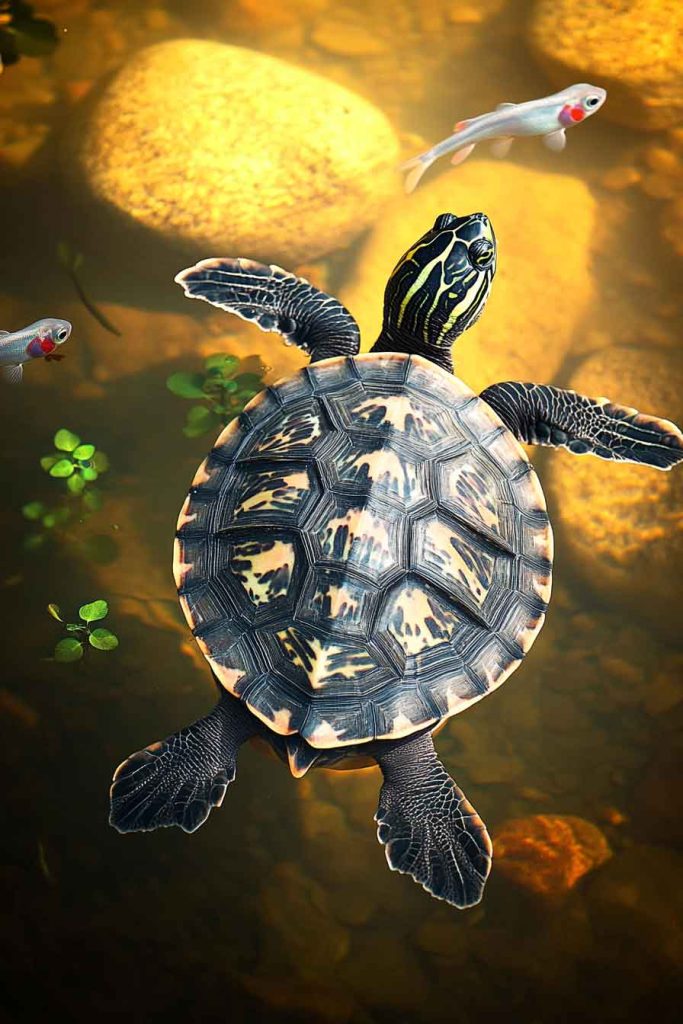
Health Benefits of Guppies for Turtles
When I research the benefits of feeding guppies to turtles, several advantages stand out that make them a valuable addition to a turtle’s diet.
High-Quality Protein Source
Guppies provide complete proteins containing all essential amino acids turtles need. This protein supports shell growth, muscle development, and overall body maintenance. I’ve observed that turtles fed a diet including small fish like guppies often have stronger, more vibrant shells.
Natural Hunting Stimulation
Live guppies encourage natural hunting behaviors that keep turtles mentally and physically active. This enrichment is crucial for preventing boredom and maintaining psychological health in captive turtles.
Omega-3 Fatty Acids
The omega-3 content in guppies supports brain function, reduces inflammation, and promotes healthy skin. These essential fatty acids are particularly important for aquatic turtle species.
Vitamin D Content
Guppies contain natural vitamin D, which helps turtles absorb calcium more effectively. This is especially beneficial for indoor turtles who don’t receive adequate natural sunlight.
Potential Health Risks of Feeding Guppies to Turtles
While guppies can be beneficial, I must warn you about several risks that come with feeding them to your turtle.
Disease Transmission
The biggest concern I have about feeding guppies to turtles is the risk of disease transmission. Store-bought guppies may carry parasites, bacteria, or viruses that can seriously harm your turtle. I’ve seen cases where turtles developed severe illness after consuming infected feeder fish.
Diseases like salmonella, aeromonas, and various parasitic infections can transfer from guppies to turtles. This is why I always recommend quarantining any feeder fish before offering them to your turtle.
Calcium-Phosphorus Imbalance
As I mentioned earlier, guppies have a poor calcium-to-phosphorus ratio. Regular feeding without proper calcium supplementation can lead to metabolic bone disease in turtles. This condition causes soft, deformed shells and weak bones.
Thiaminase Content
Some fish, including guppies, contain thiaminase – an enzyme that breaks down thiamine (Vitamin B1). Over time, this can lead to thiamine deficiency in turtles, causing neurological problems and loss of appetite.
Overfeeding Risks
Guppies are high in protein and fat. Overfeeding can lead to obesity, liver problems, and kidney issues in turtles. I always recommend moderation when feeding any high-protein food.
How Many Guppies Should Turtles Eat?
The number of guppies appropriate for your turtle depends on several factors including the turtle’s size, age, and species. Based on my experience and research, here are my guidelines:
For Adult Turtles (6+ inches):
- 2-3 adult guppies per week maximum
- Should comprise no more than 20% of total diet
For Juvenile Turtles (2-6 inches):
- 1-2 small guppies per week
- Should be part of a varied diet with vegetables and commercial food
For Baby Turtles (under 2 inches):
- Guppy fry or very small pieces only
- Once per week at most
Remember, guppies should be a treat, not a staple food. I always emphasize variety in turtle diets – commercial turtle pellets should form the foundation, with guppies as an occasional protein boost.
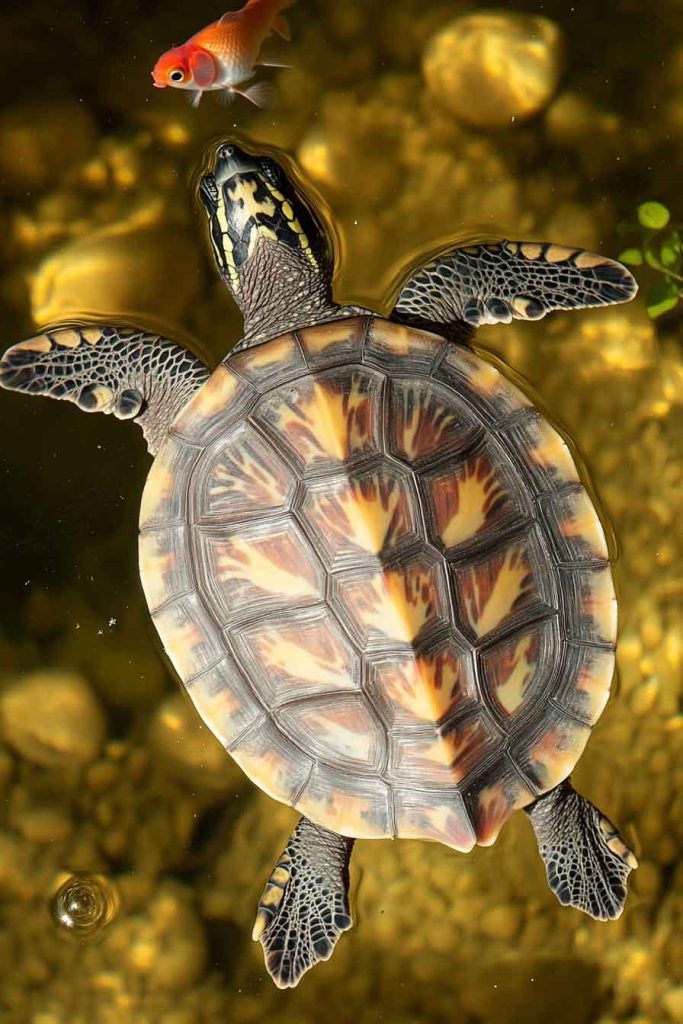
Can You Feed Guppies to Baby Turtles?
This is a question I get frequently, and my answer requires careful consideration. Yes, baby turtles can eat guppies, but only under specific conditions.
Baby turtles need smaller prey that matches their mouth size. Large guppies can be a choking hazard or too difficult for them to swallow. I recommend only offering:
- Newly born guppy fry
- Chopped pieces of adult guppies
- Pre-killed guppies cut to appropriate sizes
The nutritional needs of baby turtles are different from adults. They require higher protein percentages (up to 50% of their diet), but this should come primarily from commercial turtle foods specifically formulated for juveniles.
Never feed wild-caught guppies to baby turtles, as their developing immune systems are more susceptible to diseases.
Safe Preparation Methods for Guppies
If you decide to feed guppies to your turtle, proper preparation is essential. Here’s my step-by-step approach:
Quarantine Process
- Keep new guppies in a separate tank for 2-4 weeks
- Monitor for signs of illness or disease
- Treat with appropriate medications if needed
Pre-feeding Preparation
- Fast guppies for 24 hours before feeding to reduce waste
- Ensure guppies are healthy and active
- Remove any dead or sickly guppies immediately
Feeding Methods
- Live feeding: Most natural but highest disease risk
- Fresh-killed: Reduced disease risk while maintaining nutritional value
- Frozen: Safest option but may have reduced nutritional content
Better Alternatives to Guppies
While guppies can be fed to turtles, I often recommend these safer alternatives that provide similar nutritional benefits:
Commercial Feeder Fish
- Pre-treated and disease-free
- Nutritionally balanced
- Consistent quality
Earthworms
- High protein, low disease risk
- Natural food source
- Easy to culture at home
Cricket and Mealworms
- Excellent protein source
- Lower disease transmission risk
- Readily available
Cooked Fish
- Salmon, tilapia, or cod pieces
- Eliminates disease risk
- Can be supplemented with calcium
Species-Specific Considerations
Different turtle species have varying dietary requirements and feeding behaviors. Let me break down how guppies affect popular pet turtle species:
Red-Eared Slider Turtles and Guppies
Red-eared sliders are excellent hunters and will eagerly consume guppies. However, adults should only receive guppies occasionally as they become more herbivorous with age. I recommend limiting guppies to once per week for adult sliders.
Painted Turtles and Guppies
Painted turtles are natural fish eaters and handle guppies well. Their semi-aquatic lifestyle means they’re accustomed to catching live fish. However, the same disease precautions apply.
Box Turtles and Guppies
Box turtles can eat guppies, but since they’re primarily terrestrial, they’re less adapted to catching live fish. Pre-killed or chopped guppies work better for box turtles.
Setting Up a Guppy Breeding System
If you decide to regularly feed guppies to your turtle, breeding your own ensures better health and safety. Here’s my basic setup guide:
Basic Requirements
- 20-gallon minimum breeding tank
- Proper filtration and heating
- Hiding spots for fry
- Separate grow-out tanks
Breeding Process
- Maintain 1:2 male to female ratio
- Provide high-quality food for breeding stock
- Separate fry immediately to prevent cannibalism
- Quarantine new breeding stock
Frequently Asked Questions (FAQs)
Can Box Turtles Eat Guppies? Yes, box turtles can eat guppies, but they should be pre-killed since box turtles aren’t natural fish hunters. The same health precautions apply as with aquatic turtle species.
Can Red Eared Slider Turtles Eat Guppies? Red-eared sliders can definitely eat guppies and often enjoy hunting them. However, limit feeding to 1-2 times per week maximum, and ensure guppies are disease-free before feeding.
Can Painted Turtles Eat Guppies? Painted turtles naturally eat small fish in the wild, so guppies are appropriate for them. Just remember that guppies should only be part of a balanced diet, not the main component.
Are Feeder Guppies Safe for Turtles? Feeder guppies from pet stores carry higher disease risks than home-bred guppies. If using store-bought feeder guppies, always quarantine them first and consider pre-treating for common fish diseases.
How Often Can Turtles Eat Guppies? I recommend feeding guppies no more than 1-2 times per week for adult turtles, and less frequently for juveniles. Overfeeding protein-rich foods can cause health problems.
Conclusion
Guppies can be a nutritious and enriching addition to your turtle’s diet when fed responsibly. While they offer excellent protein content and stimulate natural hunting behaviors, the risks of disease transmission and nutritional imbalances require careful management.
My advice? If you choose to feed guppies to your turtle, do so sparingly and with proper precautions. Always quarantine feeder fish, maintain variety in your turtle’s diet, and consult with a reptile veterinarian if you notice any changes in your turtle’s health or behavior.
Remember, a healthy turtle is a happy turtle, and that comes from providing a balanced, varied diet rather than relying too heavily on any single food source – even one as appealing to turtles as guppies.
I hope this comprehensive guide helps you make informed decisions about your turtle’s nutrition. There are plenty of safe, nutritious options for your shelled friend, and guppies can certainly be part of that variety when approached thoughtfully.

